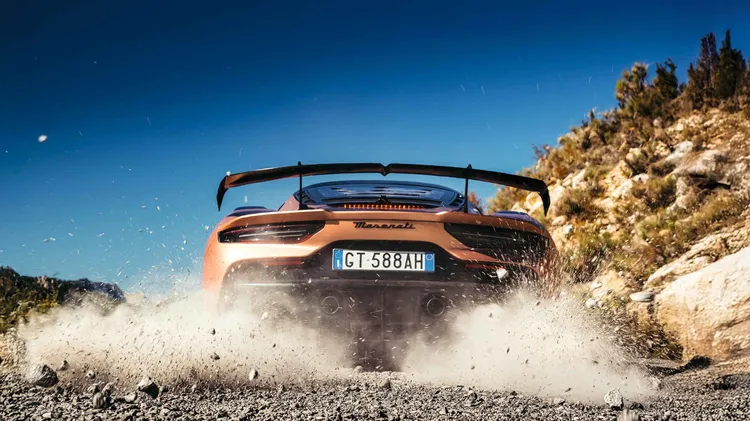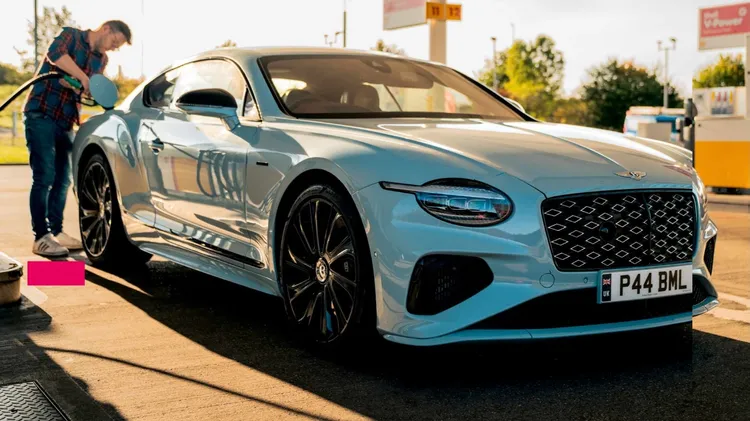Essential in racing, driver-in-loop simulators have entered the complex world
Code to nowhere
8 min read
This article is from...
Read this article and 8000+ more magazines and newspapers on Readly






